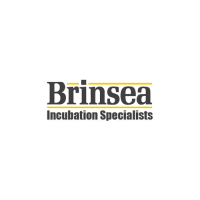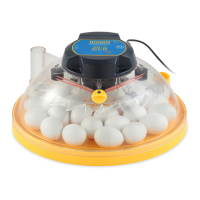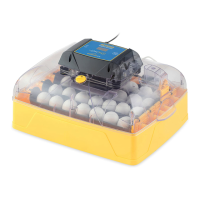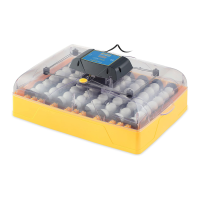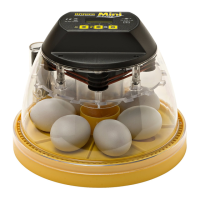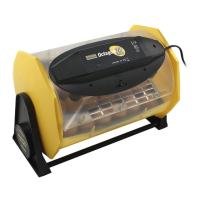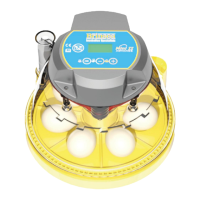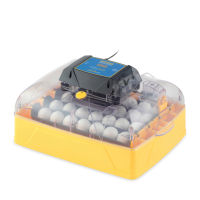Why no chicks hatch using Brinsea Mini EX Accessories?
- DDaniel CabreraJul 27, 2025
If no chicks hatch when using Brinsea Accessories, it could be due to several reasons: * Infertility * Infection * Drastically incorrect incubation settings * Poor parent bird health. To resolve this, verify egg viability by checking if similar eggs are hatching naturally. Disinfect the incubator and double-check your incubator settings and procedures, paying special attention to the temperature.
